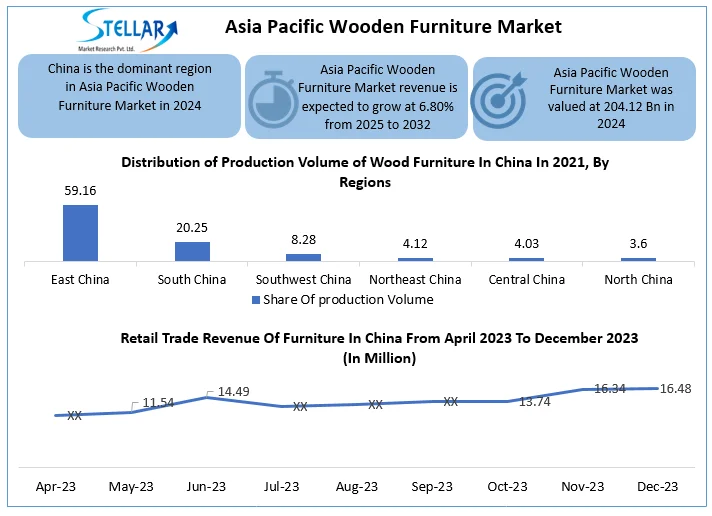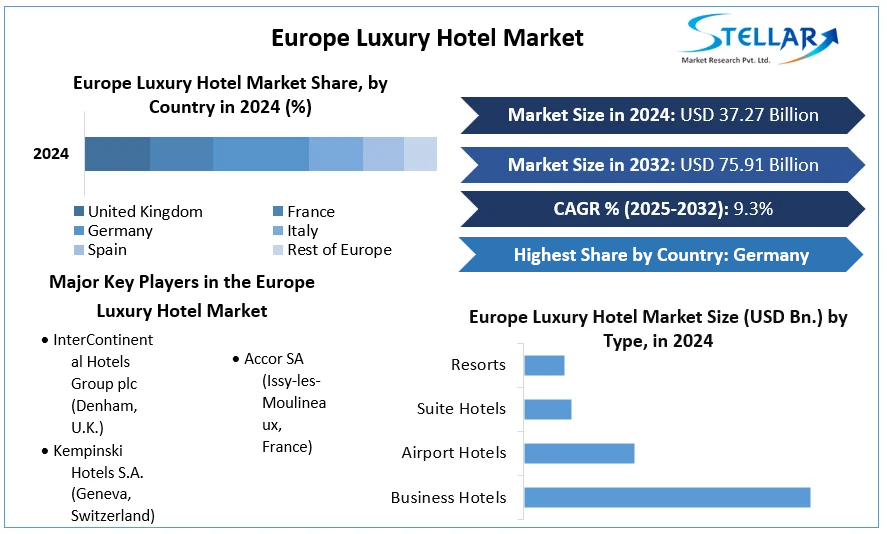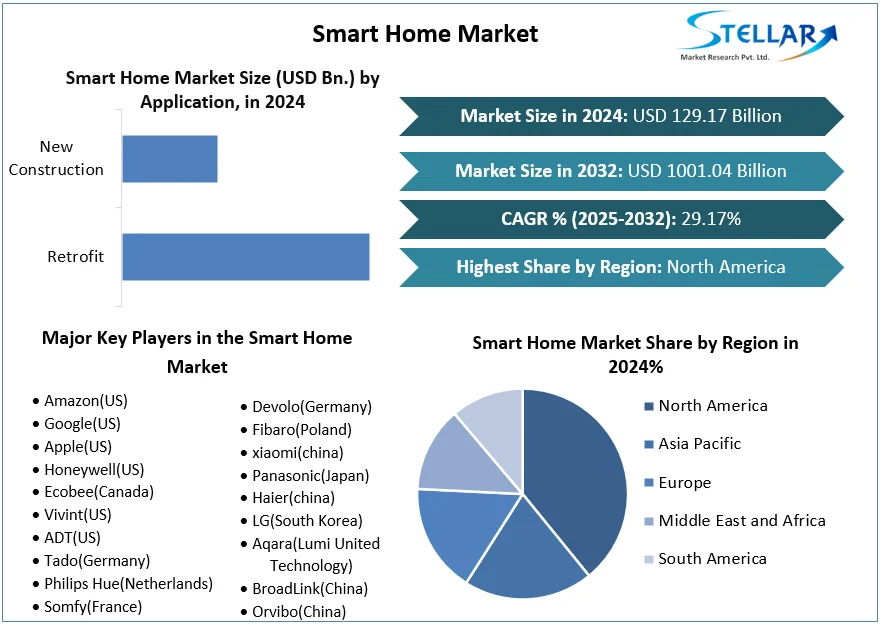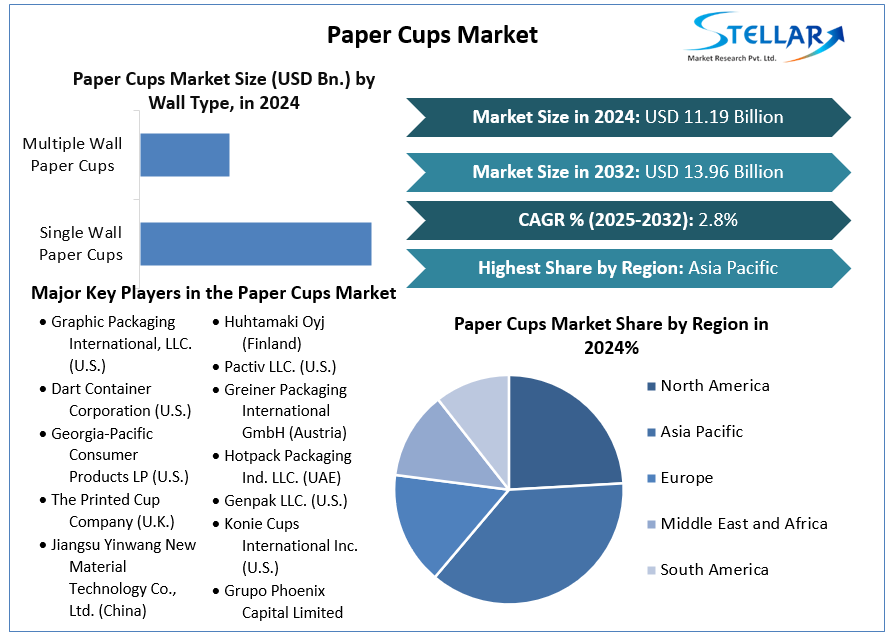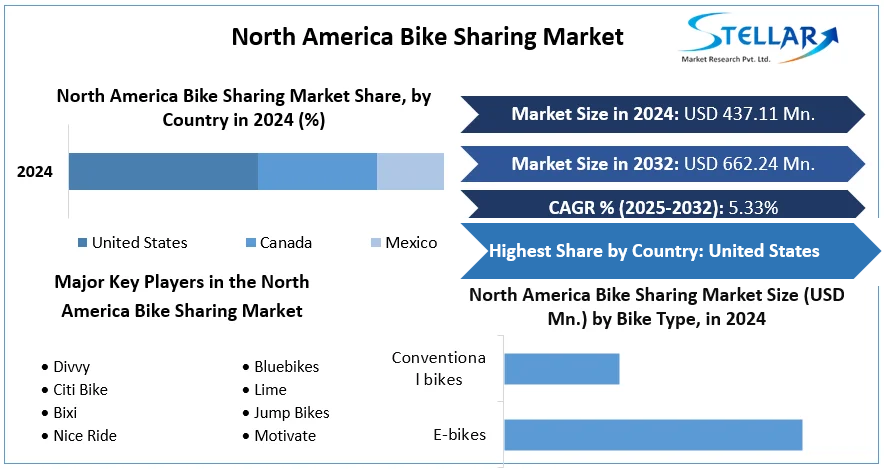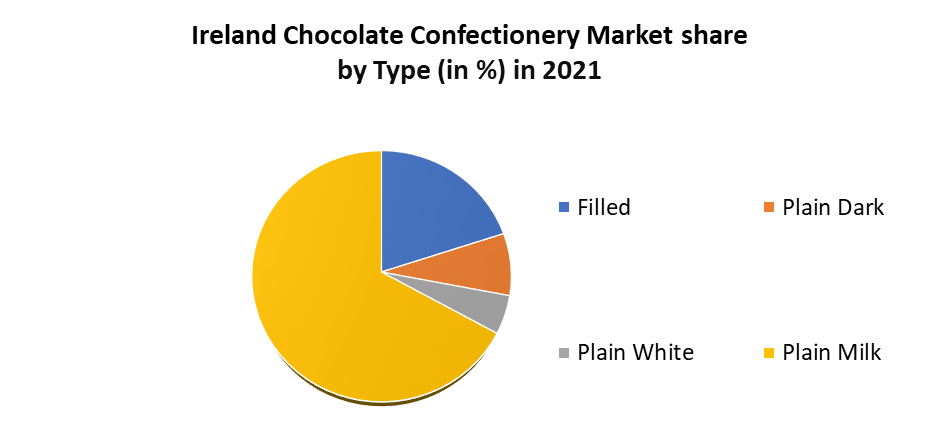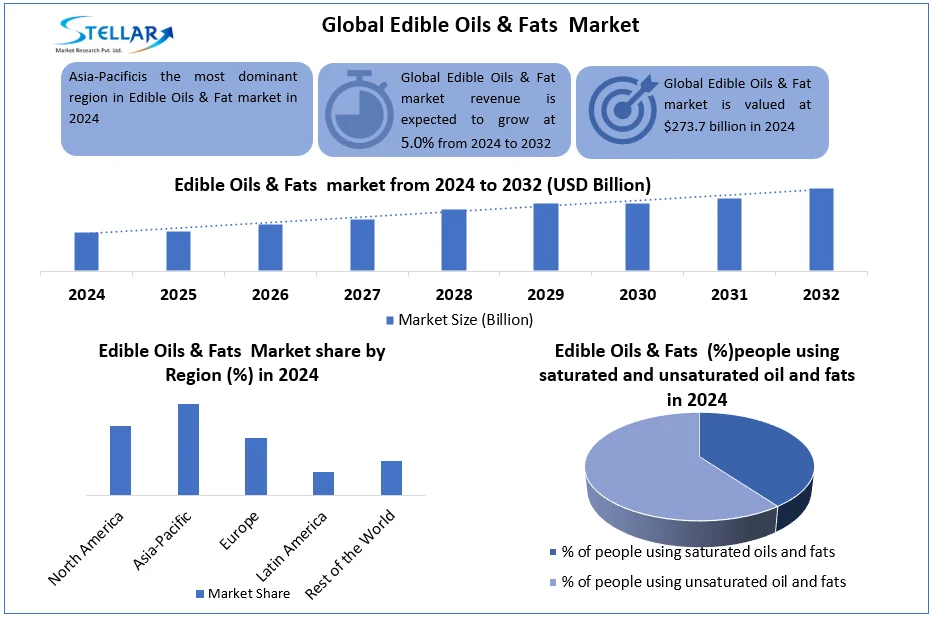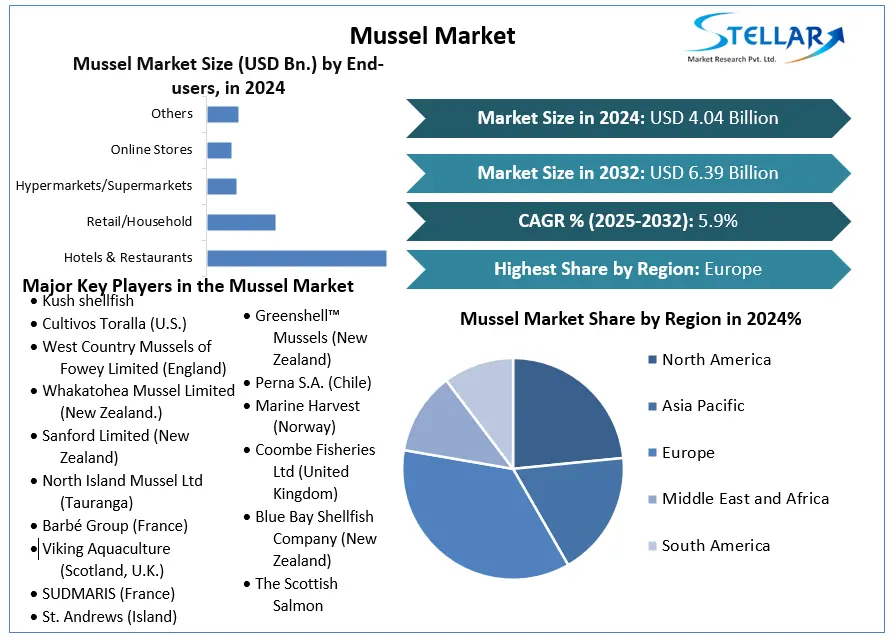Asia Pacific Wooden Furniture Market Size to Grow at a CAGR of 6.80% in the Forecast Period of 2025-2032
Asia-Pacific Wooden Furniture Market
Market Estimation & Definition
The Asia-Pacific wooden furniture market refers to furniture made from natural wood (hardwood and softwood) designed for residential and commercial interiors. According to Stellar Market Research, the market was valued at USD 204.12 billion in 2024, and is projected to grow to USD 345.51 billion by 2032, registering a compound annual growth rate (CAGR) of 6.80% from 2025 to 2032.
This segment includes both indoor and outdoor wooden furniture, and covers multiple distribution channels (online and offline), wood types, and end-use applications.
Request Free Sample Report:https://www.stellarmr.com/report/req_sample/asia-pacific-wooden-furniture-market/2590
Market Growth Drivers & Opportunity
Several key factors are driving the growth of wooden furniture in Asia-Pacific:
Rapid Urbanization & Rising Disposable Income: As more people move into cities and middle-class incomes rise, demand for quality wood furniture for homes is increasing significantly.
Sustainability & Eco-Friendly Practices: Consumers increasingly prefer furniture made from responsibly sourced wood. Manufacturers are adopting environmentally friendly practices, including recycled wood and reclaimed timber, which appeals to eco-conscious buyers.
Strong Manufacturing Base: Countries like China, Vietnam, India and Indonesia are leveraging low manufacturing costs and skilled craftsmanship to produce wooden furniture not just for domestic consumption, but for exports.
Technological Innovation: Advances in woodworking technology and design (CNC machinery, modular furniture concepts) are enabling more efficient production and more design varieties — boosting both volume and premiumization
Growing Middle Class & Renovation Demand: As populations in the region upgrade homes, the demand for high-quality, stylish wooden furniture for renovation and new construction increases.
These drivers present opportunities for manufacturers to expand into premium hardwood lines, leverage export markets, and innovate with sustainable wood products.
What Lies Ahead: Emerging Trends Shaping the Future
The report identifies several trends that will shape the future of the Asia-Pacific wooden furniture market:
Hardwood Dominance: Hardwood (such as teak, rosewood, mango) remains the most popular wood type. It is prized for durability and beauty, particularly in high-end furniture.
Sustainable Craftsmanship: Wooden furniture makers are increasingly combining traditional craftsmanship with eco-friendly sourcing, such as reclaimed wood or plantation timber, to appeal to sustainability-minded consumers.
Growth in Online Sales: Digital channels are gaining traction. Consumers are more willing to buy wooden furniture online, thanks to improved e-commerce platforms, augmented reality (AR) visualizers, and convenient delivery.
Residential & Commercial Demand Balance: While residential demand remains strong, commercial applications (boutique hotels, restaurants, offices) are also rising, driving demand for designer wooden pieces.
Regional Export Leadership: Several countries, notably Vietnam and India, are emerging as key exporters of wooden furniture due to competitive labor costs and increasing production capacity.
Challenges in Raw Material Costs & Sustainability: Manufacturers face pressure from fluctuating timber prices, deforestation concerns, and environmental regulations, pushing them to invest in certified wood and greener supply chains.
Segmentation Analysis
According to the report, the Asia-Pacific wooden furniture market is segmented along the following lines:
By Wood Type:
Hardwood — holds the largest share due to strength, durability and aesthetic appeal.
Softwood — growing, especially for cost-sensitive and mass-market furniture lines.
By Product Type:
Indoor furniture
Outdoor furniture
By Application:
Residential
Commercial (offices, hotels, restaurants)
By Distribution Channel:
Offline (retail stores, showrooms)
Online (e-commerce platforms)
By
About us
Phase 3,Navale IT Zone, S.No. 51/2A/2,
Office No. 202, 2nd floor,
Near, Navale Brg,Narhe,
Pune, Maharashtra 411041
[email protected]
Asia-Pacific Wooden Furniture Market
Market Estimation & Definition
The Asia-Pacific wooden furniture market refers to furniture made from natural wood (hardwood and softwood) designed for residential and commercial interiors. According to Stellar Market Research, the market was valued at USD 204.12 billion in 2024, and is projected to grow to USD 345.51 billion by 2032, registering a compound annual growth rate (CAGR) of 6.80% from 2025 to 2032.
This segment includes both indoor and outdoor wooden furniture, and covers multiple distribution channels (online and offline), wood types, and end-use applications.
Request Free Sample Report:https://www.stellarmr.com/report/req_sample/asia-pacific-wooden-furniture-market/2590
Market Growth Drivers & Opportunity
Several key factors are driving the growth of wooden furniture in Asia-Pacific:
Rapid Urbanization & Rising Disposable Income: As more people move into cities and middle-class incomes rise, demand for quality wood furniture for homes is increasing significantly.
Sustainability & Eco-Friendly Practices: Consumers increasingly prefer furniture made from responsibly sourced wood. Manufacturers are adopting environmentally friendly practices, including recycled wood and reclaimed timber, which appeals to eco-conscious buyers.
Strong Manufacturing Base: Countries like China, Vietnam, India and Indonesia are leveraging low manufacturing costs and skilled craftsmanship to produce wooden furniture not just for domestic consumption, but for exports.
Technological Innovation: Advances in woodworking technology and design (CNC machinery, modular furniture concepts) are enabling more efficient production and more design varieties — boosting both volume and premiumization
Growing Middle Class & Renovation Demand: As populations in the region upgrade homes, the demand for high-quality, stylish wooden furniture for renovation and new construction increases.
These drivers present opportunities for manufacturers to expand into premium hardwood lines, leverage export markets, and innovate with sustainable wood products.
What Lies Ahead: Emerging Trends Shaping the Future
The report identifies several trends that will shape the future of the Asia-Pacific wooden furniture market:
Hardwood Dominance: Hardwood (such as teak, rosewood, mango) remains the most popular wood type. It is prized for durability and beauty, particularly in high-end furniture.
Sustainable Craftsmanship: Wooden furniture makers are increasingly combining traditional craftsmanship with eco-friendly sourcing, such as reclaimed wood or plantation timber, to appeal to sustainability-minded consumers.
Growth in Online Sales: Digital channels are gaining traction. Consumers are more willing to buy wooden furniture online, thanks to improved e-commerce platforms, augmented reality (AR) visualizers, and convenient delivery.
Residential & Commercial Demand Balance: While residential demand remains strong, commercial applications (boutique hotels, restaurants, offices) are also rising, driving demand for designer wooden pieces.
Regional Export Leadership: Several countries, notably Vietnam and India, are emerging as key exporters of wooden furniture due to competitive labor costs and increasing production capacity.
Challenges in Raw Material Costs & Sustainability: Manufacturers face pressure from fluctuating timber prices, deforestation concerns, and environmental regulations, pushing them to invest in certified wood and greener supply chains.
Segmentation Analysis
According to the report, the Asia-Pacific wooden furniture market is segmented along the following lines:
By Wood Type:
Hardwood — holds the largest share due to strength, durability and aesthetic appeal.
Softwood — growing, especially for cost-sensitive and mass-market furniture lines.
By Product Type:
Indoor furniture
Outdoor furniture
By Application:
Residential
Commercial (offices, hotels, restaurants)
By Distribution Channel:
Offline (retail stores, showrooms)
Online (e-commerce platforms)
By
About us
Phase 3,Navale IT Zone, S.No. 51/2A/2,
Office No. 202, 2nd floor,
Near, Navale Brg,Narhe,
Pune, Maharashtra 411041
[email protected]
Asia Pacific Wooden Furniture Market Size to Grow at a CAGR of 6.80% in the Forecast Period of 2025-2032
Asia-Pacific Wooden Furniture Market
Market Estimation & Definition
The Asia-Pacific wooden furniture market refers to furniture made from natural wood (hardwood and softwood) designed for residential and commercial interiors. According to Stellar Market Research, the market was valued at USD 204.12 billion in 2024, and is projected to grow to USD 345.51 billion by 2032, registering a compound annual growth rate (CAGR) of 6.80% from 2025 to 2032.
This segment includes both indoor and outdoor wooden furniture, and covers multiple distribution channels (online and offline), wood types, and end-use applications.
Request Free Sample Report:https://www.stellarmr.com/report/req_sample/asia-pacific-wooden-furniture-market/2590
Market Growth Drivers & Opportunity
Several key factors are driving the growth of wooden furniture in Asia-Pacific:
Rapid Urbanization & Rising Disposable Income: As more people move into cities and middle-class incomes rise, demand for quality wood furniture for homes is increasing significantly.
Sustainability & Eco-Friendly Practices: Consumers increasingly prefer furniture made from responsibly sourced wood. Manufacturers are adopting environmentally friendly practices, including recycled wood and reclaimed timber, which appeals to eco-conscious buyers.
Strong Manufacturing Base: Countries like China, Vietnam, India and Indonesia are leveraging low manufacturing costs and skilled craftsmanship to produce wooden furniture not just for domestic consumption, but for exports.
Technological Innovation: Advances in woodworking technology and design (CNC machinery, modular furniture concepts) are enabling more efficient production and more design varieties — boosting both volume and premiumization
Growing Middle Class & Renovation Demand: As populations in the region upgrade homes, the demand for high-quality, stylish wooden furniture for renovation and new construction increases.
These drivers present opportunities for manufacturers to expand into premium hardwood lines, leverage export markets, and innovate with sustainable wood products.
What Lies Ahead: Emerging Trends Shaping the Future
The report identifies several trends that will shape the future of the Asia-Pacific wooden furniture market:
Hardwood Dominance: Hardwood (such as teak, rosewood, mango) remains the most popular wood type. It is prized for durability and beauty, particularly in high-end furniture.
Sustainable Craftsmanship: Wooden furniture makers are increasingly combining traditional craftsmanship with eco-friendly sourcing, such as reclaimed wood or plantation timber, to appeal to sustainability-minded consumers.
Growth in Online Sales: Digital channels are gaining traction. Consumers are more willing to buy wooden furniture online, thanks to improved e-commerce platforms, augmented reality (AR) visualizers, and convenient delivery.
Residential & Commercial Demand Balance: While residential demand remains strong, commercial applications (boutique hotels, restaurants, offices) are also rising, driving demand for designer wooden pieces.
Regional Export Leadership: Several countries, notably Vietnam and India, are emerging as key exporters of wooden furniture due to competitive labor costs and increasing production capacity.
Challenges in Raw Material Costs & Sustainability: Manufacturers face pressure from fluctuating timber prices, deforestation concerns, and environmental regulations, pushing them to invest in certified wood and greener supply chains.
Segmentation Analysis
According to the report, the Asia-Pacific wooden furniture market is segmented along the following lines:
By Wood Type:
Hardwood — holds the largest share due to strength, durability and aesthetic appeal.
Softwood — growing, especially for cost-sensitive and mass-market furniture lines.
By Product Type:
Indoor furniture
Outdoor furniture
By Application:
Residential
Commercial (offices, hotels, restaurants)
By Distribution Channel:
Offline (retail stores, showrooms)
Online (e-commerce platforms)
By
About us
Phase 3,Navale IT Zone, S.No. 51/2A/2,
Office No. 202, 2nd floor,
Near, Navale Brg,Narhe,
Pune, Maharashtra 411041
[email protected]
0 הערות
0 מניות
334 צפיות
 Free IL
Free IL



